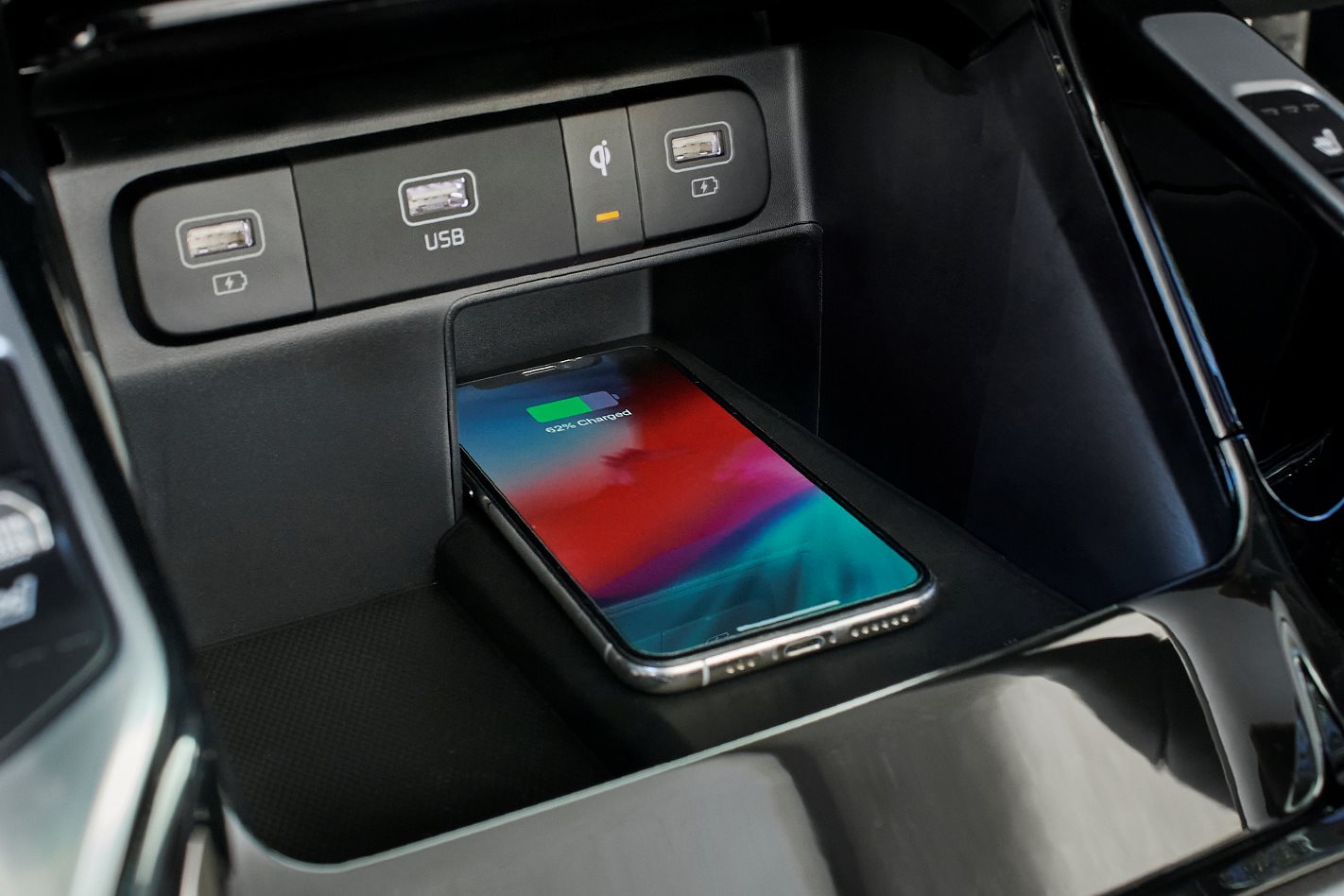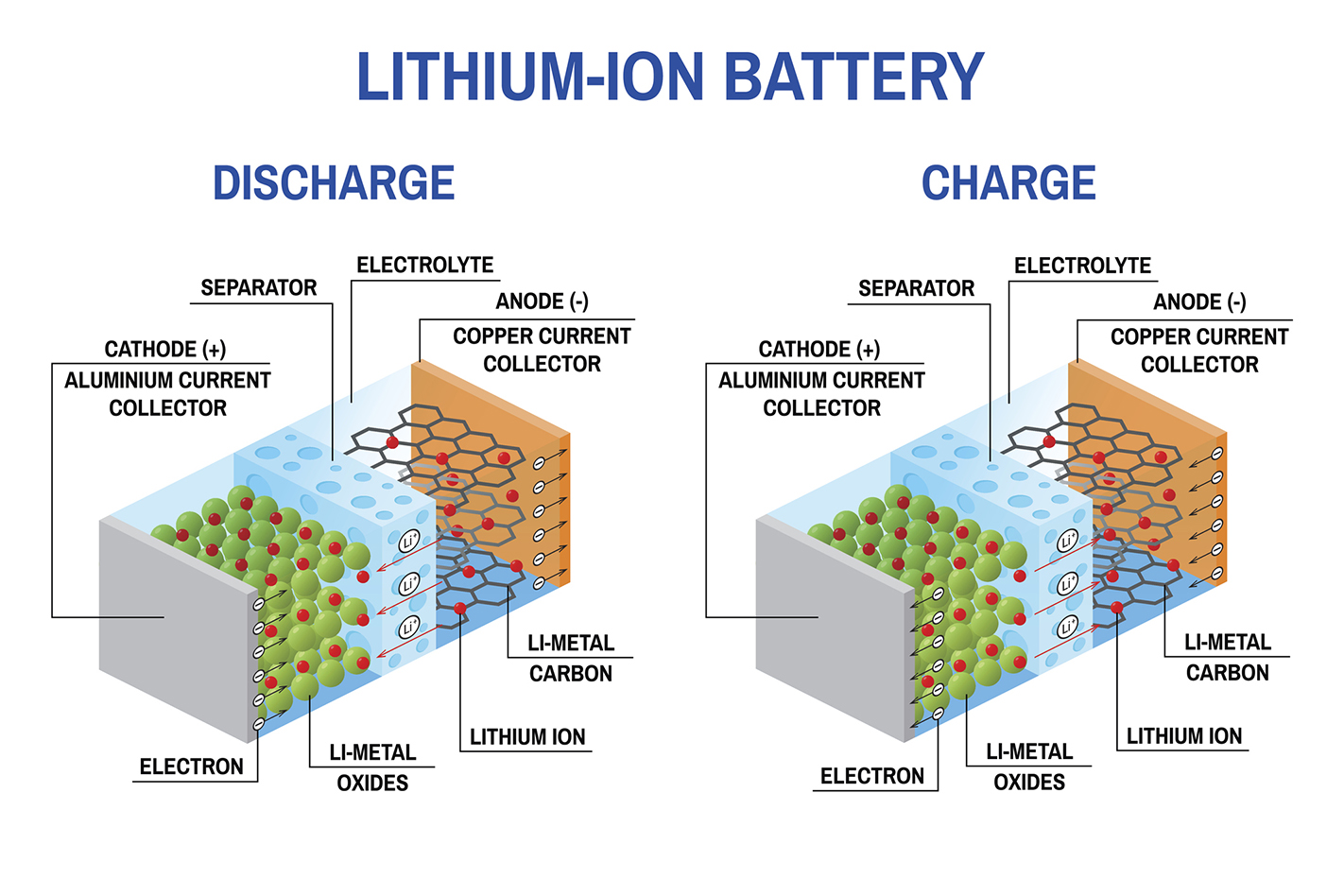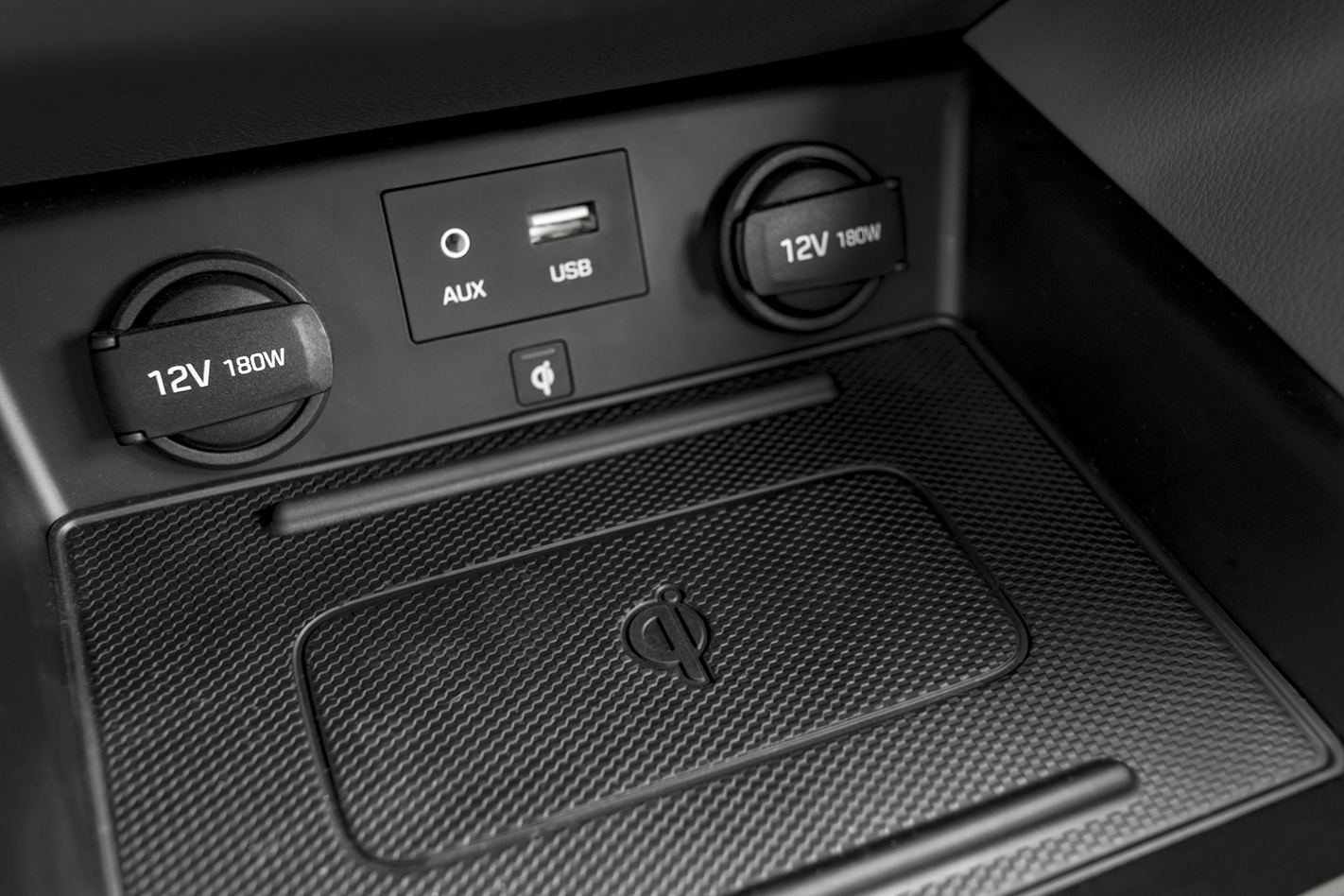
What is wireless phone charging?
Newer Apple and Android smartphones can be charged on induction pad without the need to plug it in to a USB socket.
In simple terms, an induction pad uses a coiled electrical conductor to produce an electromagnetic field that is transmitted a bit like a radio frequency. When you place a suitably equipped phone on the pad, the electromagnetic field is energised within the phone to produce an electric current that provides enough power to charge it.
Is a wireless phone charger magnetic field dangerous?
No. The magnetic field is very weak and has a tiny range that’s just enough to reach the phone sitting on the charging pad. It’s much like the cordless charger used for an electric toothbrush.
Does a wireless phone charger affect battery life?
There is some debate about this, but recent research suggests the impact on phone life is no more than a plug-in battery charger.
You can’t overcharge a smartphone but constantly charging it from 0 to 100 percent will hasten the lithium-ion battery degradation. This is because the ions that create the charge have to travel back and forth along an electrolyte between a positive cathode when giving off electricity, and a negative anode when being charged.

Charging a battery from 0 to 100 percent charge means the ions have to travel more which wears out the electrolyte quicker than if the charge shifted between say 30 and 80 percent charge. At the same time keeping your phone constantly topped up, or keeping it between 50 and 100 percent charged also reduces ion movement and slows electrode degradation.
Ideally you want your phone mostly charged between 50 and 80 percent. If you’re going for a long drive it’s worth turning the charging pad off from time to time.
Do wireless phone chargers cause smartphones to heat up?
Wireless charging creates energy, including heat, which can reach around 30 degrees Celsius around your phone.
This sounds hot, but it’s actually not much more than the heat generated from the palm of your hand.
Ways to avoid the phone gradually heating up include taking it out of its protective case for better ventilation.

Also, make sure the phone is properly seated on the charging pad so the magnetic field is aligned with the phone’s charging coil. If the phone is off centre, the magnetic field will have to travel a little further, which means more energy and heat.
Make sure the phone is set to darken or turn off the screen when operating such as when making a phone call or linked to your infotainment system. And stop unwanted apps running in the background.
As well, make sure the phone isn’t sitting in direct sunlight. Most wireless charging pads in cars are located in a nook underneath the dashboard or in the centre console, so this should be less of an issue than having a phone mounted on the windscreen.
If the phone is over-heating it’s more likely a sign the battery is degenerating and has lost charging efficiency, meaning more energy is required.
Phones should switch themselves off when they get too hot, but if yours doesn’t do this, be sure to put it on a heat-proof surface. In fact, it’s time for a new phone.
Do wireless phone chargers damage credit cards?
Because wireless charging uses magnetic induction to charge your phone, it could potentially affect the information stored in the magnetic strip of a credit card and the like, or things such as key cards, passports. Does a phone wipe your hotel key? We’ve had it happen to us before!
Don’t place such items between the charging pad and the phone. This includes if you have a phone case that doubles as a wallet.




